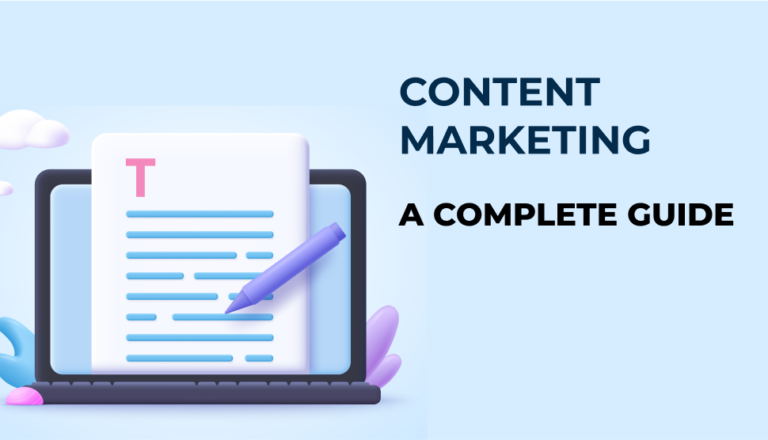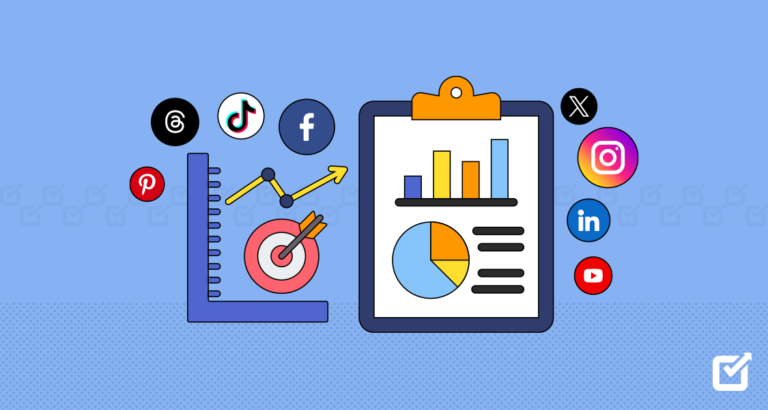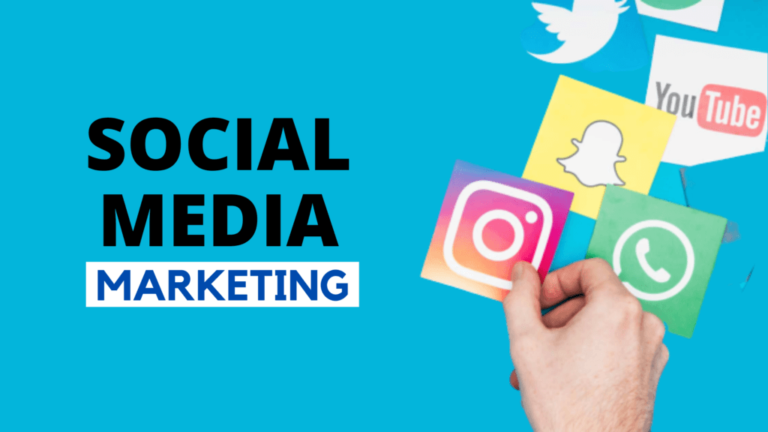How to Turn Followers into Customers: A Step-by-Step Guide
In today’s fast-paced digital world, turning followers into loyal paying customers is the key to a successful social media strategy. Your followers are already showing interest in your brand, but transforming that interest into consistent sales requires a well-planned approach.
Here’s a complete, step-by-step guide that covers everything you need to know to effectively on how to turn followers into customers in 2025.
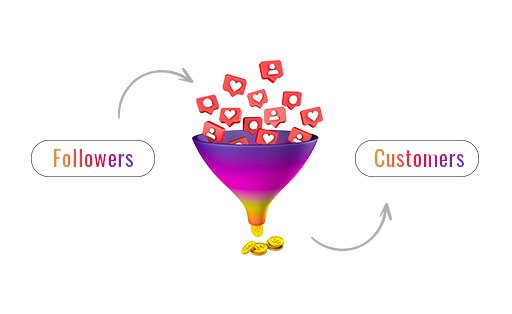
Step 1: Understand Your Audience Deeply
Conduct In-Depth Audience Research
Your social media followers represent a variety of demographics and interests. Identifying these segments is crucial because it lets you create personalized content that resonates with each group, which significantly increases the likelihood of conversions.
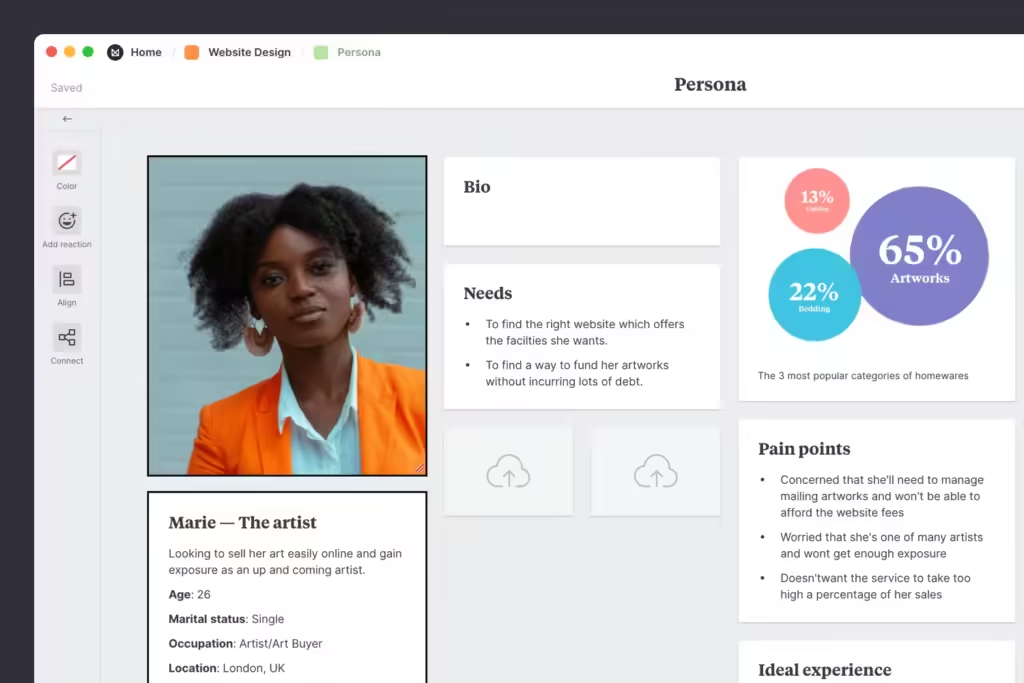
- Use Social Media Analytics Tools: Start with tools like Facebook Audience Insights, Instagram Analytics, and Twitter Analytics to gather demographic details, including age, gender, location, and peak engagement times.
- Understand Their Interests and Pain Points: Go beyond surface-level demographics. Conduct surveys, engage in comment threads, and use polls to learn more about what followers love or struggle with. This can provide actionable insights into how your products or services can fit into their lives.
- Create Buyer Personas: Use your findings to build personas that represent different segments of your followers. These personas should cover key traits like motivations, purchasing behavior, preferred content types, and specific challenges.
Pro Tip: Segment your audience based on engagement levels as well. For example, create separate marketing strategies for highly engaged followers, occasional engagers, and new followers.
Step 2: Create a Strong Brand Presence
Optimize Profiles Across Platforms
To make an impact, your social media profiles should be more than just pages with your logo and a link. Each element should be crafted to build curiosity and establish your brand’s credibility.
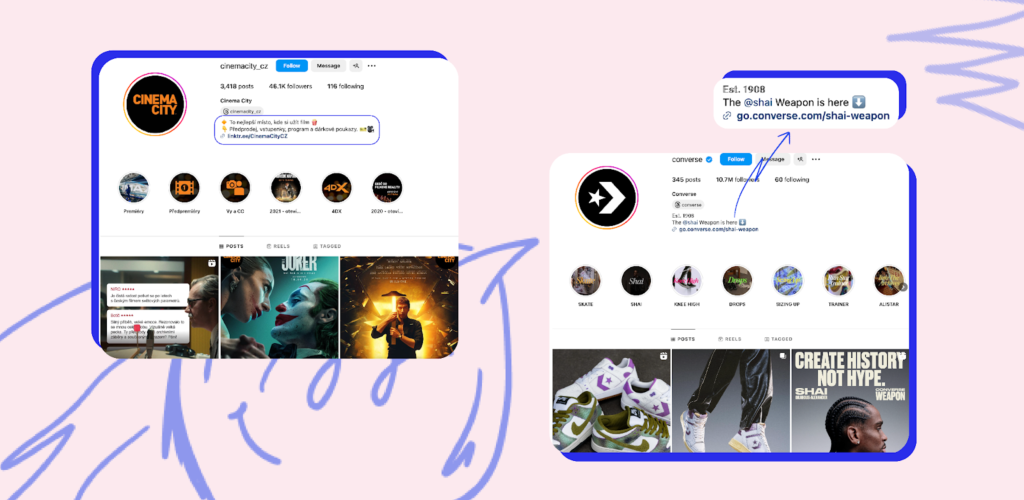
- Craft a Clear and Engaging Bio: Summarize what makes your brand unique in a short, catchy way. Use keywords related to your industry and product to help new followers find you.
- Link to a Conversion-Focused Landing Page: Instead of linking to your homepage, consider linking to a specific landing page designed to engage and convert visitors. A well-optimized landing page could include a freebie, limited-time offer, or special sign-up bonus for new users.
- Update Visuals Regularly: Make sure profile images, covers, and featured stories are cohesive and represent your brand visually. Seasonal updates (e.g., holiday-themed graphics) can also help your profile appear fresh.
Pro Tip: Use a Link-in-Bio tool that can host multiple links, which allows you to promote specific products, blog posts, or special offers easily.
Step 3: Develop Valuable and Engaging Content
Apply the KLT Framework: Know, Like, Trust
The KLT (Know, Like, Trust) model is an effective blueprint for converting followers by nurturing their relationship with your brand. Here’s how to use it effectively:
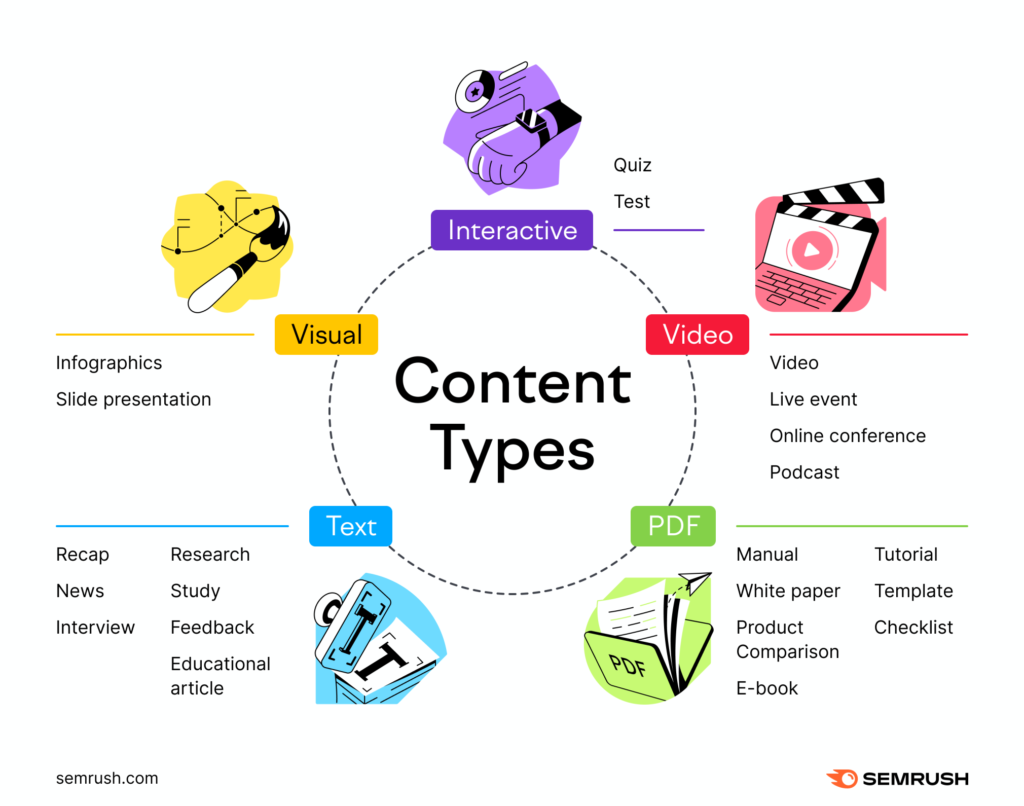
- Know – Establish authority by sharing educational content like how-to guides, industry insights, and tutorials that address your followers’ pain points. Example: If you’re a skincare brand, create posts explaining skincare routines or common skincare issues.
- Like – Humanize your brand with content that reflects its personality, such as memes, inspirational posts, or team photos. Engaging content, like polls or humorous posts, can also boost engagement. Example: Post stories that highlight behind-the-scenes moments from team events or product development.
- Trust – Post social proof content, including testimonials, reviews, and user-generated content (UGC), to demonstrate credibility. Use these to highlight how real customers have benefited from your product.
Pro Tip: Feature user-generated content (UGC) from your followers who love your products. People are more likely to trust recommendations from other customers than from brands directly.
Step 4: Engage Actively with Followers
Be Responsive to Comments, Messages, and Mentions
One of the most effective ways to increase conversions is by showing followers that your brand values and listens to them.
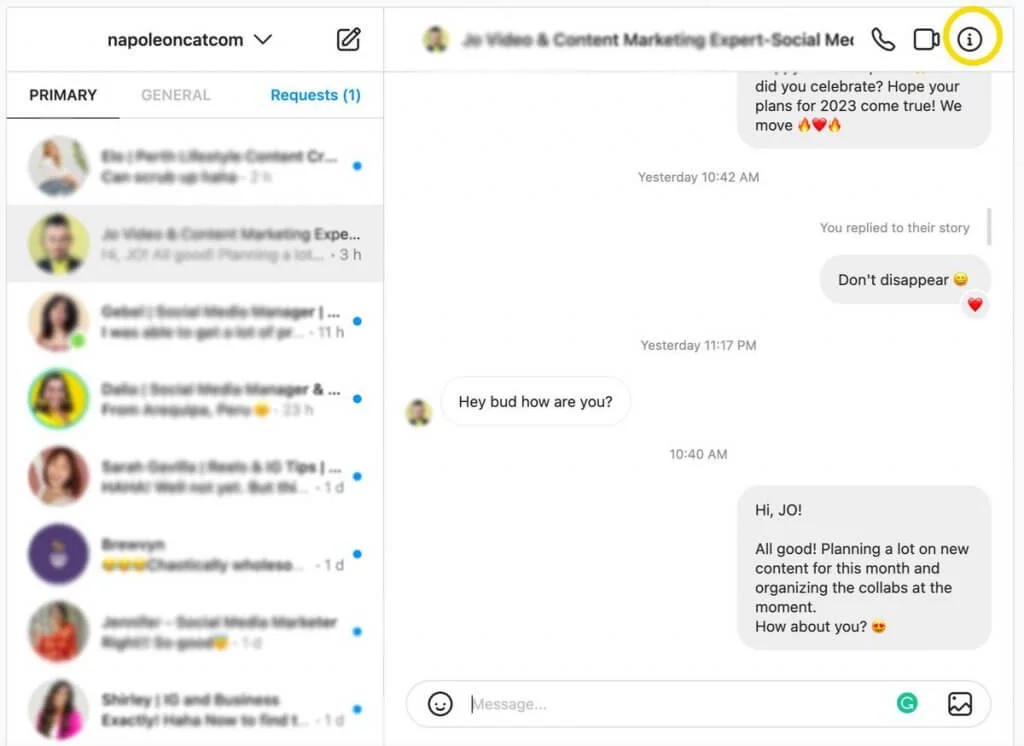

- Respond Quickly and Genuinely: Replying within 24 hours (or less) shows that your brand is attentive and engaged. Address users by name and personalize responses whenever possible to create a deeper connection.
- Encourage Engagement with Questions and Polls: Use open-ended questions in captions, stories, and posts to invite feedback and spark conversations. This two-way communication helps followers feel more invested in your brand.
- Acknowledge Loyal Customers: Pin comments from loyal customers on posts or feature them in your stories to show that you value their support. Followers who see that you value your community are more likely to engage with your brand themselves.
Pro Tip: Use a social media management tool that can help you respond to DMs and comments promptly across multiple platforms.
Host Regular Interactive Sessions
Hosting live events like Q&A sessions, polls, and quizzes helps create a real-time interactive environment where followers can feel more connected to your brand.
- Live Q&A Sessions – Set up monthly live sessions where followers can ask questions. These are great opportunities to address common inquiries and educate followers on how your products can benefit them.
- Run Polls and Surveys – Use Instagram Stories or Twitter Polls to gather follower opinions on product features, future products, or preferences. This makes followers feel like they’re part of your product journey.
Pro Tip: During live sessions, offer exclusive discounts or flash sales to boost conversions immediately.
Step 5: Leverage Influencer Partnerships
Influencers can help bridge the trust gap and build credibility by endorsing your brand to their dedicated audience. Here’s how to make the most of these partnerships:
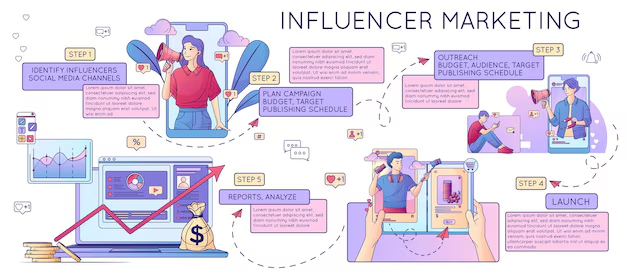
- Choose the Right Influencers for Your Brand: Look for influencers whose values align with your brand, and whose followers match your target audience. Example: A fitness brand may want to partner with wellness influencers who prioritize health and active lifestyles.
- Micro-Influencers vs. Macro-Influencers: Micro-influencers often have a stronger connection with niche audiences, while macro-influencers offer larger reach. Balance the two based on your campaign goals.
- Provide Influencers with Creative Freedom: Let them present your product in a way that resonates with their followers. This ensures the content feels authentic rather than like a direct ad.
- Track Conversions: Use unique promo codes or links for each influencer to measure the impact of each partnership on your sales.
Pro Tip: Try gifting products to influencers who may authentically endorse your brand without a formal partnership. Their genuine reviews may have a strong impact.
Step 6: Incorporate User-Generated Content (UGC)
UGC adds authenticity to your brand’s content and serves as a form of social proof, which is highly effective for conversions.
Run Contests to Encourage UGC: Ask followers to share photos or videos using your product, tagging your brand and using a specific hashtag. Reward participants with a discount or small prize.
Feature UGC in Your Feed: Regularly post user photos or videos in your main feed or stories. This shows potential customers real-life use cases of your product.
UGC Testimonials: Display snippets of user testimonials on your profile, in highlights, or on your website. When followers see how others enjoy your product, it increases their likelihood of making a purchase.
Pro Tip: Use a UGC management tool to gather, organize, and seek permission to repost user content easily.
Step 7: Incorporate Calls to Action (CTAs) in Every Post
Clear CTAs can guide your followers toward specific actions, creating a straightforward path from engagement to purchase.
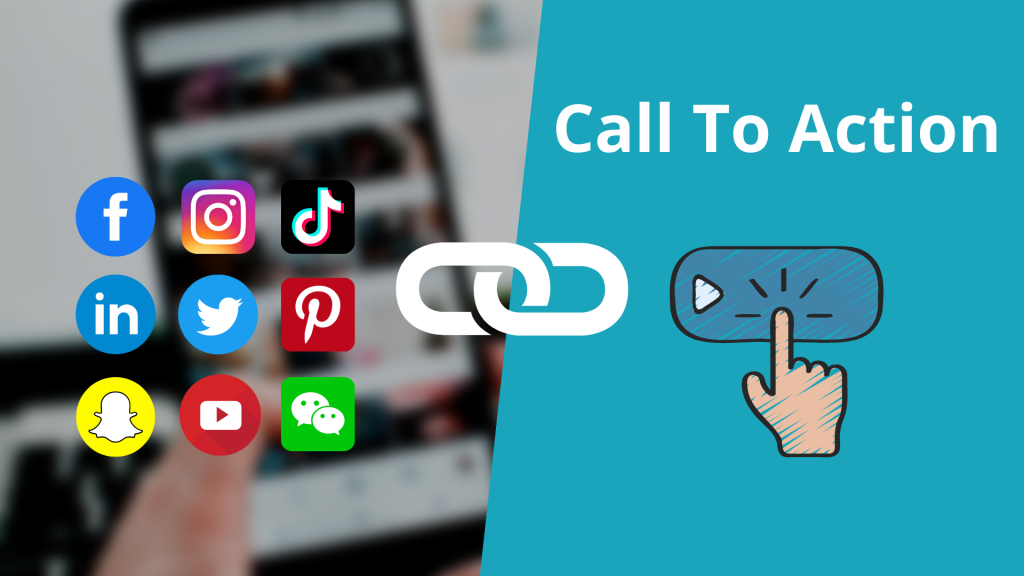
- Use Direct CTAs in Captions and Stories: Encourage followers to “Shop Now,” “Learn More,” or “Sign Up Today.” Experiment with different CTAs to see which resonates best with your audience.
- Create Time-Sensitive CTAs: Limited-time offers or seasonal discounts add urgency and encourage immediate action. Try phrases like, “Only available this week!” or “Shop now before it’s gone!”
- Use Clickable Links in Stories and Bio: For Instagram, use the “link in bio” for permanent offers or the “swipe up” link in Stories to drive traffic directly to your landing page.
Pro Tip: Test different wording and placements for your CTAs to see which ones generate the most engagement and conversions.
Step 8: Build an Exclusive Community
Creating a VIP or exclusive experience for your followers increases loyalty, which in turn improves conversion rates over time.
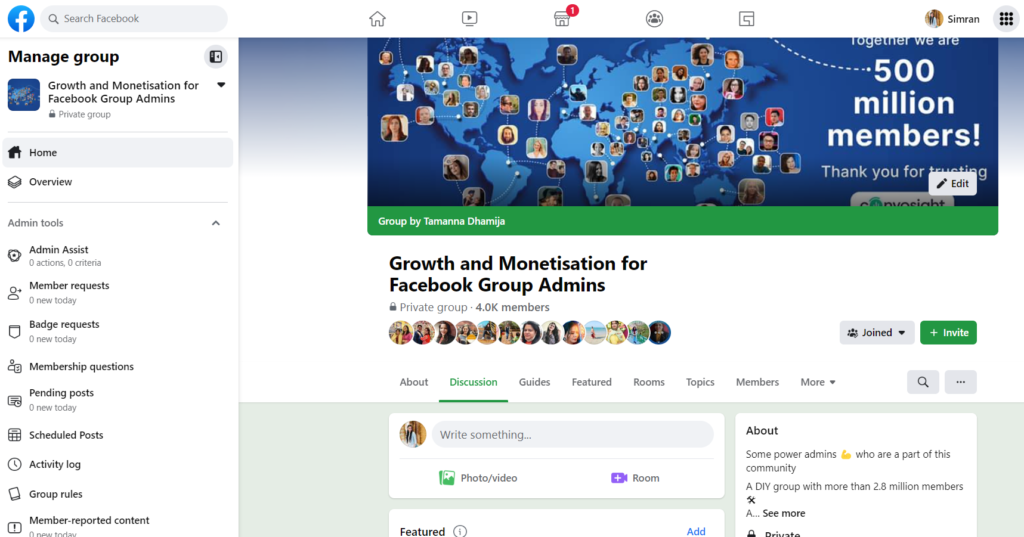
- Start a Facebook Group or Community: Create a members-only group where followers can engage directly with your brand and each other. Offer exclusive access to product launches, special discounts, and behind-the-scenes content.
- Offer Early Access and Discounts: Give community members early access to new products or exclusive sales. This fosters a sense of exclusivity and reward.
- Encourage Community Sharing: Get members to share their experiences or ask questions, making it an engaging space for fans to bond over shared interests.
Pro Tip: Send invites to join the group directly to your email subscribers or most loyal followers.
Step 9: Implement Social Media Analytics and Optimize Your Strategy
Analytics are critical for measuring the impact of your social media efforts on conversions.
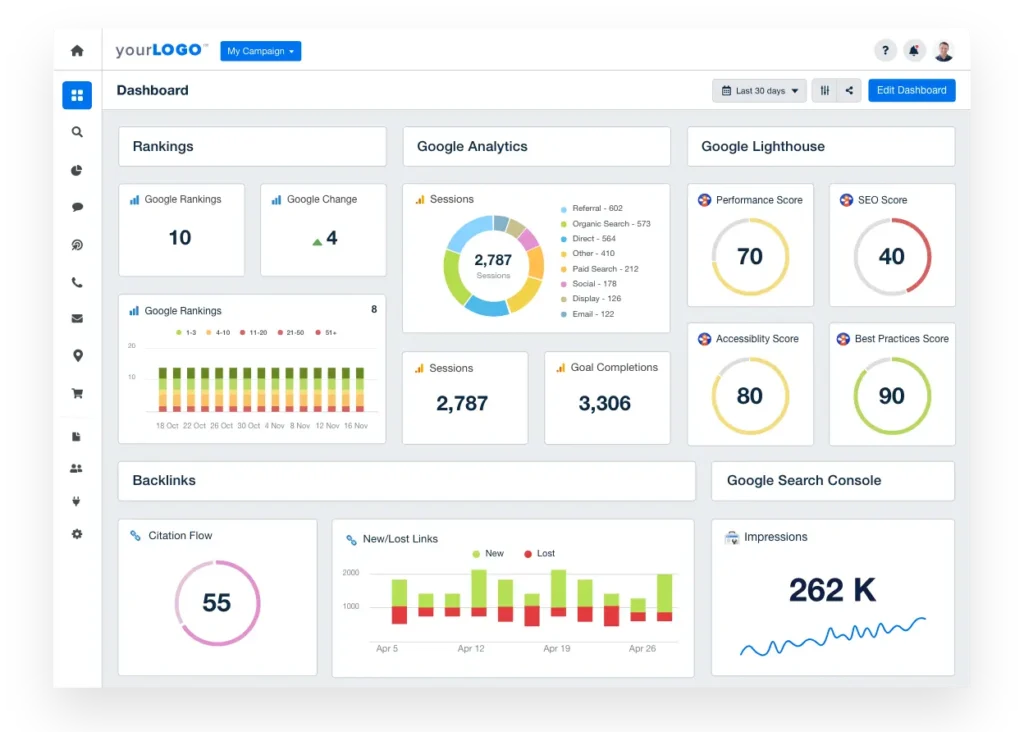
- Identify Key Metrics: Track metrics like engagement rate, click-through rate (CTR), and conversion rate from posts. These metrics will help you identify which content is performing best.
- Run A/B Tests: Experiment with different formats, posting times, and captions to see which content types drive the most engagement and conversions.
- Refine Your Strategy Based on Data: If certain posts generate higher CTR or conversion rates, adapt your strategy to include more of these content types.
Pro Tip: Use Google Analytics to track traffic and conversions from social media platforms to your website.
Step 10: Enhance Your Landing Pages
Once followers click through, your landing pages should be designed to make conversions seamless.
- Use Compelling Headlines and Visuals: Capture visitor attention immediately with headlines that speak to their needs and visuals that resonate with your audience.
- Include Testimonials and Social Proof: Show customer reviews and success stories. Social proof reassures visitors that they’re making a safe choice.
- Optimize for Mobile: Ensure your landing pages are mobile-friendly. Since most social media traffic is mobile, a poor mobile experience can result in missed conversions.
Pro Tip: Use heat maps to see where users click most and optimize the layout accordingly.
FAQ:
Conclusion
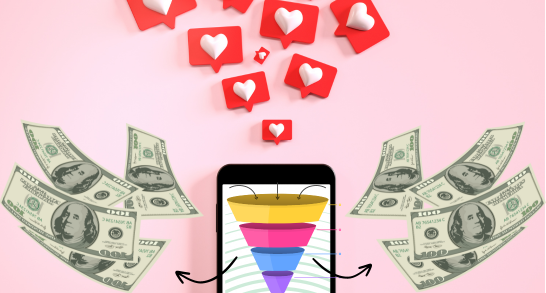
Converting followers into customers is a nuanced process that demands a balance of engagement, trust-building, and strategic calls to action. As social media becomes more crowded, brands need to prioritize understanding their audience deeply, creating unique content that speaks directly to followers’ needs, and leveraging the power of community and social proof. Consistency, authenticity, and data-driven optimization are key to driving conversions.
By implementing these steps and remaining adaptable to trends and audience preferences, you’ll be well-equipped to turn your social media following into a loyal customer base that supports your brand for the long term.
Disclosure: Our blog contains affiliate links to products. We may receive a commission for purchases made through these links. However, this does not impact our reviews and comparisons. We try our best to keep things fair and balanced, in order to help you make the best choice for you.

